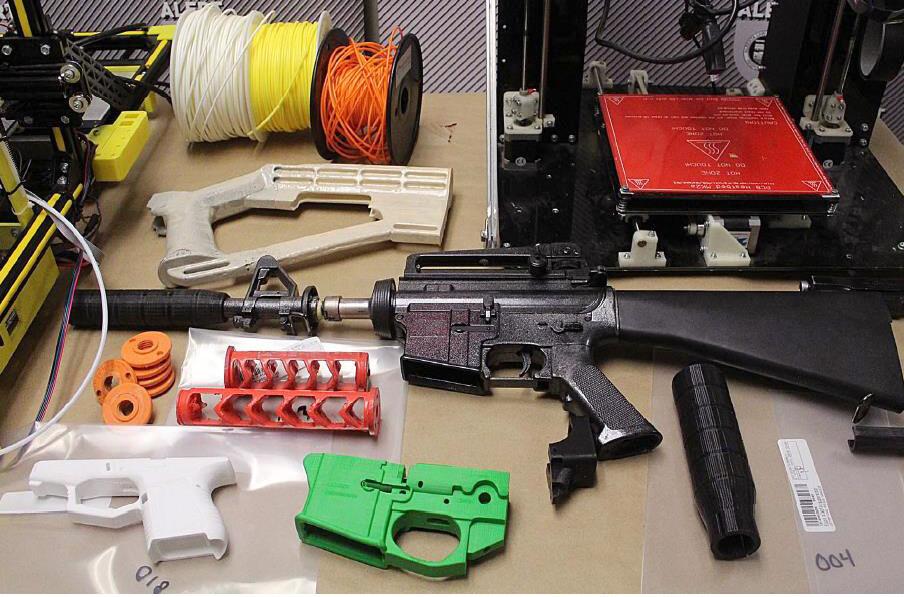An Alberta man has been charged for allegedly printing 3D firearms parts, in a case that law enforcement officials believe to be the first of its kind in the province.
Dan Forsyth, a 53 year-old resident of Picture Butte in southern Alberta, was arrested on Aug. 18 and subsequently charged with allegedly using 3D printers to manufacture firearms parts and attempting to sell them.





